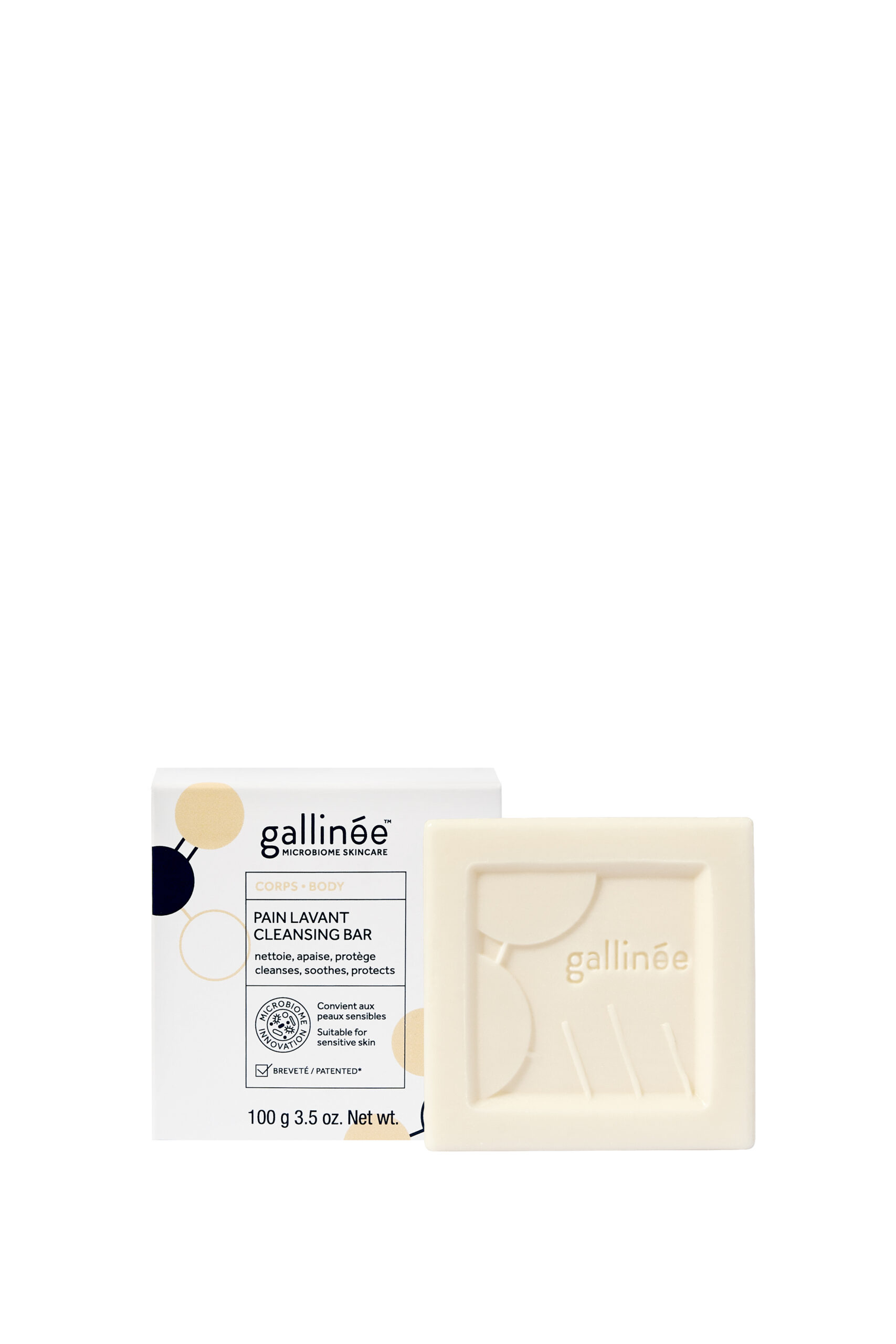Bonjour!
Today I’d like to talk about one of the wonders of the microbial world: biofilm. It’s a beautiful thing, but unfortunately not great for humans. Let me explain.
What is biofilm?
Sometimes bacteria feel lonely and unprotected. And it makes them want to team up with other bacteria from other species, and build their own little bacteria cities. So they find a surface to adhere to, they call other bacteria to come and join them, and then they build a matrix of gel to protect themselves against bad weather, nasty antibiotics or anything that could annoy them. This little fortification of bacteria and gel is called a biofilm.
You will find biofilms in certain circumstances, usually when it’s a very humid environment. Because of the gel matrix, it tends to be quite slimy. Last time you fell on a rock because some algae made it super slippery? It was a biofilm. This gross pinkish slime in unwashed bathrooms? Another biofilm. This wound infection? Still biofilm. Unfortunately, biofilms are usually built up by bacteria we don’t like.
What is dental plaque?
The best known and the most studied of all biofilms is dental plaque. Dental plaque is a mix of bacteria and fungi that will settle on your teeth and gums as soon as they’re given a chance and will start secreting a gel of polysaccharides (sugars) and lipids.
It’s this slimy feeling when you pass your tongue on your teeth in the morning. Yes, gross. And if you leave it for too long, the city is really going to change in a fortification and will form tartar. You should not let plaque build up anyway, because it often contains bacteria that will release acid in your mouth, and will attack your teeth, leading to tooth decay, cavities and general inflammation. So off with the plaque!
How to get rid of it?
But as we were saying, biofilms are really good at protecting themselves against aggression, so the only way to destroy them is with mechanical brushing. Some light abrasives will also help, so for example in our toothpaste, you will find white clay. Foaming actives or anti-bacterial products will destroy most of the unprotected bacteria, but not the ones comfortably living in the biofilm.
So brush brush brush, and chose your toothpaste wisely.
Marie Drago
Discover Gallinée Prebiotics Toothpaste






















